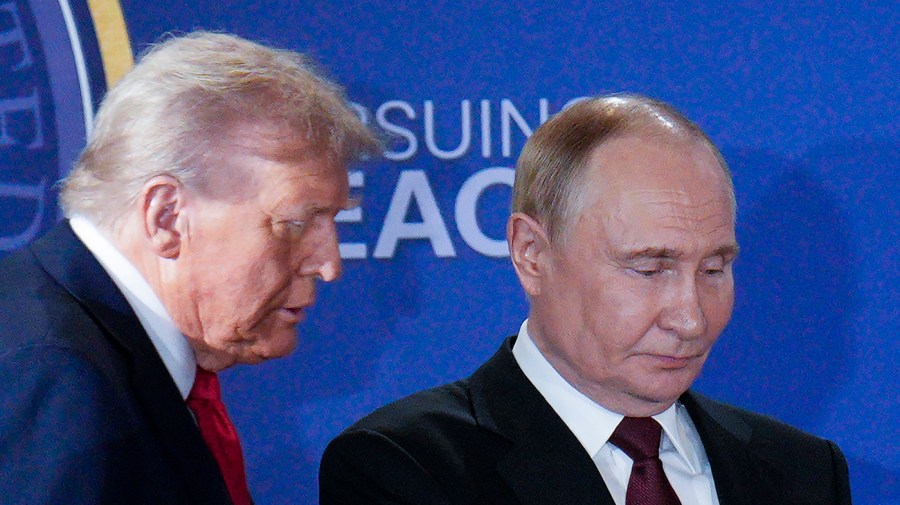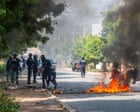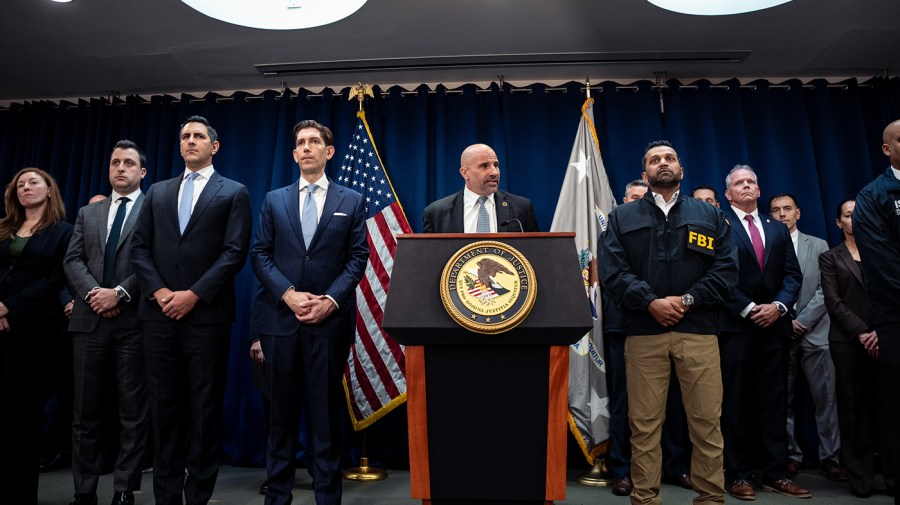When or if President Trump and Russian President Vladimir Putin meet in Budapest towards month’s end, will the outcome be a stunning Gaza II-like agreement ending, leading to an end of the Ukraine War? Or will it be a repeat of the failure in Alaska, with Putin taking Trump for another ride this time in his Zil?
The odds favor the latter, but hope springs eternal.
The fundamental questions are: What will motivate Putin to make a deal? Will Ukrainian President Volodymyr Zelensky accept it? Will Europe guarantee it? And then, will America commit to supporting it for the long term?
Trump has made it clear that Europe must buy U.S. weapons and in turn supply them to Ukraine along with other aid. He has hedged, however, on the future U.S. role in Ukraine.
Putin has made it clear that any negotiation must leave Russia with substantial Ukrainian territory under its control, acceptance of Russia’s “security concerns” that will limit Ukrainian military power, no NATO membership for Kyiv, the lifting of all sanctions and reentry into the international economic system, among others demands.
Putin also implies that Russia will have substantial influence in and over Ukraine and leaves open the potential for future Russian aggression to gain even greater and total control of the nation.
For Zelensky, Ukraine and Ukrainians will not accept Putin’s terms and demand return of all or most of its occupied territories. Ukraine will need absolute security guarantees that make any Russian aggression impossible. A cease-fire now is essential. And reparations for all the damage Russia has imposed must be part of any negotiation.
Europe, meanwhile, must commit to supporting Ukraine indefinitely with weapons and other aid, particularly financial. Should Russia break the agreement and re-invade Ukraine, will Europe or NATO respond with force? And can Europe rely on the U.S. to reengage in the event of crisis given Trump’s ambivalence in giving that commitment?
Before the Budapest meeting, the Tomahawk missile has become a flash point. The Tomahawk has about a 1,000 mile range and a 1,000-pound warhead, and it flies low, making interception more difficult.
On Friday, after a two-and-a-half-hour phone call, Trump said that he asked Putin “Would you mind if I gave a couple thousand Tomahawks to your opposition?” He said Putin was not pleased.
Russia has made transfers of Tomahawks to Ukraine a “red line” — an unacceptable escalation for which the U.S. would be held responsible, doing irreparable damage to relations with Washington.
The U.S. has more than 4,000 Tomahawks. It is difficult to know how many would make a strategic and political military difference by destroying enough Russian infrastructure, namely energy and weapons facilities, to compel a negotiation.
But that number is significant and would cause a drawdown in U.S. weapons that could adversely affect future readiness. Tomahawks require land launchers that are few in number, further restricting their impact.
Trump should be bold and use Tomahawks as bargaining chips, as only they have the range to attack vital targets deep in Russia where drones are manufactured and bombers are stationed.
Ideally, he would give Zelensky Tomahawks on the condition that they will only be used if Putin fails to agree to negotiate a just and lasting peace. The caveat is, would Trump risk escalation and provide enough Tomahawks to Ukraine to do the job?
Trump’s press conference prior to his meeting with Zelensky was refreshingly honest. Trump admitted that Putin and Zelensky had great dislike for each other and that the negotiations might not work.
Trump’s last comment that no one wants “to fuck around” with the U.S. suggested great confidence on his part. But while Trump believed Putin wanted to end the war, he could not provide any evidence or reasons for that assessment.
What will happen? In terms of odds, talks will likely lead to further discussions that will ultimately fail or prove inconclusive. And if that’s the 70 percent likelihood, then there is a 20 percent chance the talks will prove to be an Alaska II disaster and a 10 percent chance this could be a Gaza II.
The reality is that Gaza II has a long way to go, and the reassertion of Hamas as controlling Gaza is not a good start.
In all likelihood, Putin wants more than Zelensky can give and Trump does not have the leverage to coerce or convince both sides to make concessions. That Trump was able to arrange a meeting is to his credit. But bringing any success may be a bridge too far.
Harlan Ullman, Ph.D., is UPI’s Arnaud deBorchgrave Distinguished Columnist, a senior advisor at the Atlantic Council, the chairman of two private companies and the principal author of the doctrine of shock and awe. He and former United Kingdom Defense Chief David Richards are the authors of a forthcoming book on preventing strategic catastrophe.













